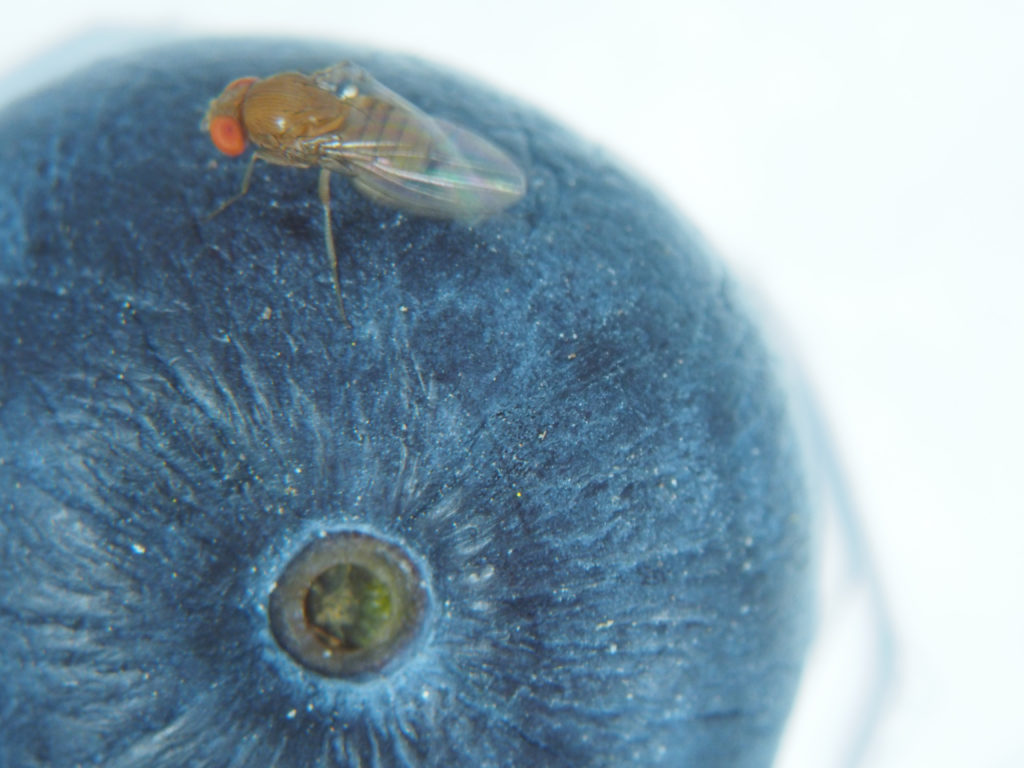By Clint Thompson
Even in a year when hot and dry weather conditions prevailed across the Southeast region, spotted-wing drosophila was still a problem for blueberry producers.

Ash Sial, University of Georgia entomologist, discusses the challenging characteristics of the spotted-wing drosophila and what growers should remember for future seasons.

“This is the unique thing about this pest is that dry weather helps with the problem actually going down. The fly does not like the hot and dry weather. As soon as you get into these dry spells and hot, it actually goes down. They don’t die, they actually slow down,” Sial said. “The way it works, as soon as we get a rainfall, a day or two of high humidity following a rainfall, a bunch of those flies will come out of those wooded areas and get into the orchards.”
Currently, management programs are based on primarily broad-spectrum insecticides, says Sial. His recommendation is as soon as producers discover the first spotted-wing drosophila fly, they should begin spray applications.
“That’s why we recommend that as soon as the fruit start to change color and you have traps that show you have flies, the number of flies captured in the traps don’t really matter as long as you have flies in the trap. That is sufficient to start spraying,” Sial said. “From that point on make weekly spray applications in conventional settings and every 3 to 5 days in organic settings.”
Click here for additional management information.
Source: UGA Extension Integrated Pest Management Blog










